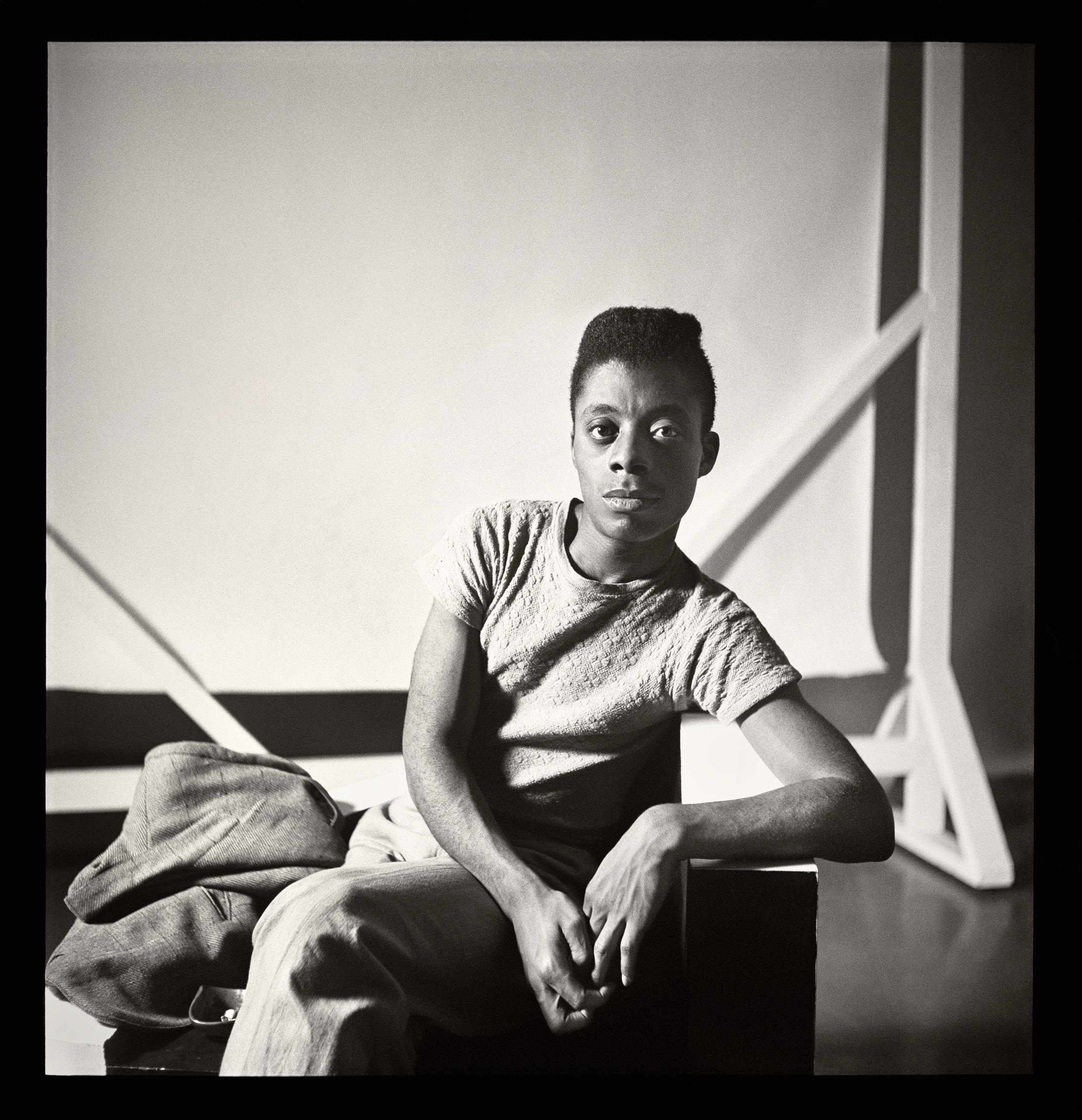An Introduction to Brilliance: James Baldwin for 2019
Words, Corwin Malcolm Davis
Photography, Richard Avedon, © the Richard Avedon Foundation
After Regina King’s Oscar win for If Beale Street Could Talk, James Baldwin became a nationally-trending online search. King praised Baldwin for writing the 1974 novel upon which the movie was crafted, and people everywhere began to wonder about the literary genius that is James Baldwin. While he was widely known for his novels, James Baldwin’s corpus also includes essays and plays that have become foundational for many in the United States and beyond. If you, too, are interested in the brilliance of James Baldwin, here are some places to start reading:
The Fire Next Time
One of Baldwin’s most easily accessible writings is from the November 17, 1962 edition of the New Yorker titled “Down at the Cross – Letter from a Region in My Mind.” In this reflection piece, which later was included into the book, Baldwin critically examines the problems of America in the 1960s, particularly in regard to race and what he perceives to be the ineffectiveness of religion at addressing racism and racial subjugation. In this essay, Baldwin famously remarks: “If the concept of God has any validity or any use, it can only be to make us larger, freer, and more loving. If God cannot do this, then it is time we got rid of Him.” He uses this essay, as well as “My Dungeon Shook – Letter to my Nephew on the one hundredth Anniversary of Emancipation,” to discuss the central role of race in America and to invite readers into critical thinking about its impact on society.
Go Tell It on the Mountain
This 1953 book is a semi-autobiographical novel by Baldwin that explores the story of John Grimes, a teenager in 1930s Harlem, and how he relates to his family, his church, and his society. The book is considered to feature many first-person narratives from Baldwin on religion, sexuality, and violence that he crafts into a fictionalized story. This book is easily one of James Baldwin’s most notable works – it is ranked by both Modern Library and Time Magazine as one of the 100 Best English-language novels. If you are interested in a compelling story with vivid writing – start here!
Giovanni’s Room
Baldwin’s second novel was released in 1956 and it centers on David, an American man living in Paris, and his frustrations with his relationships. It particularly focuses on his relationship with Giovanni, an Italian bartender who he meets at a gay bar in Paris. Baldwin uses this novel to explore themes of sexuality, masculinity, queer spaces, and the inner turmoil that is associated with the competing commitments of personal identity and the public image. This novel is guaranteed to make you both think and feel as you read it and engage with the characters. In the novel, we are taught that, “people can't, unhappily, invent their mooring posts, their lovers and their friends, any more than they can invent their parents. Life gives these and also takes them away and the great difficulty is to say ‘Yes’ to life.”

